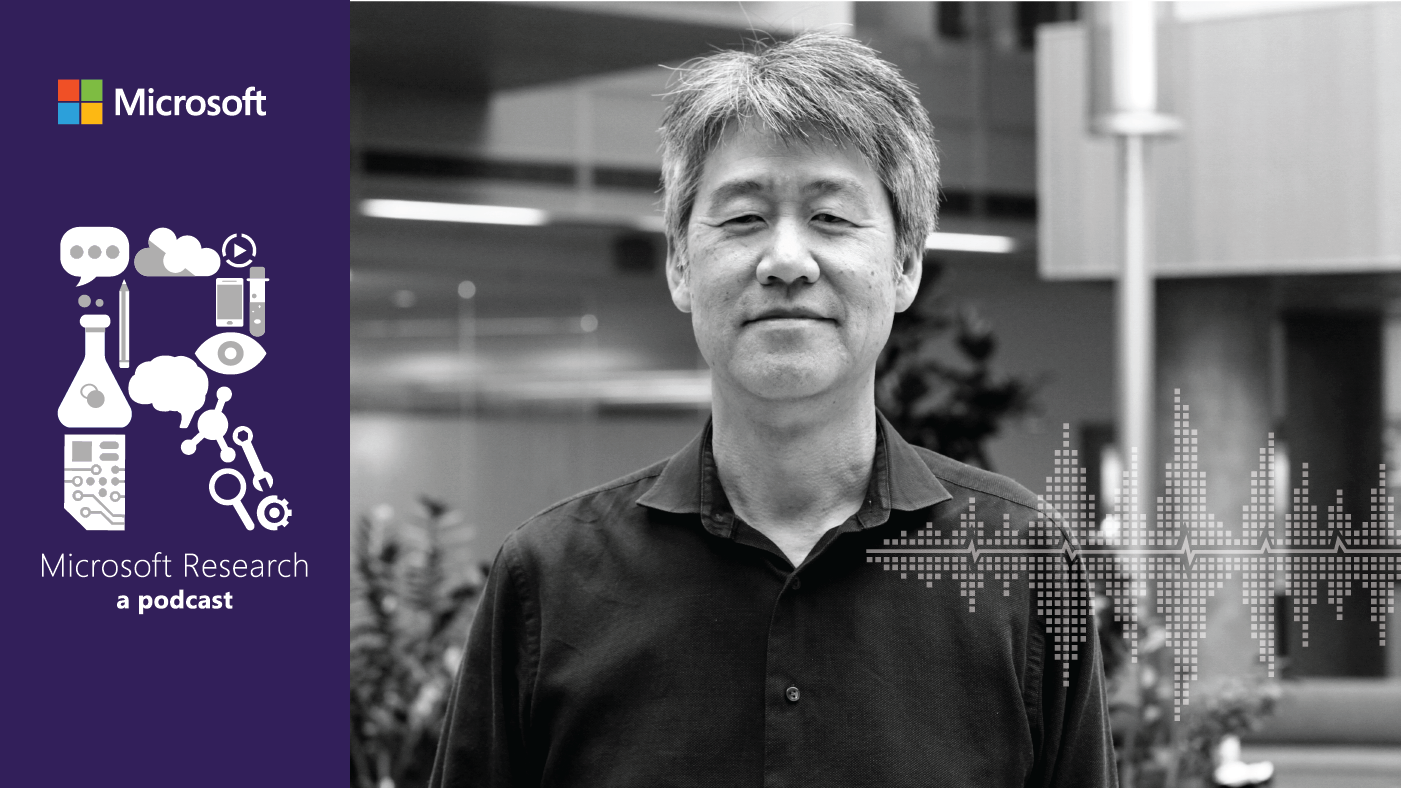Posted by
For those who have upgraded to Windows 8 (opens in new tab), here’s a beguiling project featured during TechFest 2013 (opens in new tab). Called Making Smooth Topical Connections on Touch Devices, it offers an alternate, graphical way to mine, browse, and search through a database.
Microsoft Research Podcast
The documents within the database are represented as a grid of keywords, with the font sizes varying by the frequency in which the words appear. This creates a galaxy-like collection of word groups interrelated with others nearby. The result is that the more popular terms in the database are easily identifiable because of font size, and related terms are identifiable by proximity. At a glance, you can see what’s important and what is connected.
For a glimpse at the project in action, just take a look at the TechFest 2013 home page (opens in new tab).
“This makes it much easier to find things of interest,” says Nebojsa Jojic (opens in new tab), a principal researcher at Microsoft Research Redmond (opens in new tab), “as opposed to search terms. You can see smooth transitions between words, and you can immediately see terms that are related to your search.”
In particular, the project proves useful for touch devices. You interact through panning, zooming, and touch, and the interface minimizes the typing necessary.
“My favorite application,” Jojic says, “is a collection of recipes on a Surface (opens in new tab) computer. You go to Whole Foods, you see they’ve got fresh eggplant, and you want to make an eggplant dish. You type in eggplant, and suddenly, your grid of recipes breaks into parts, and you can see that ‘I need this type of spice, I need this type of additional ingredient, and maybe I need to get some Parmesan cheese or some mushrooms. All of that is going to come out of the grid for you.”
The visual, touch-enabled presentation, Jojic says, has its particular attractions.
“One of the major advantages of this approach,” he says, “is because it allows you to visualize very diverse and very large number of documents, you’re less dependent on relevance feedback. What usually happens in search is that you’re guided to whatever else other people have found. That means that if it’s eggplant, and you’re using relevance-feedback search, you’ll end up with only one or two different dishes with eggplant.”
Of course, not all devices are blessed with large displays, but the project accounts for that, too. Typing a term into a search bar can identify its place within the array of terms, and you can adjust the resultant view to suit your needs.
The research behind the project is mesmerizing. It’s fascinating to be presented with an array of related terms and to be able to look around and find relationships you might not have recognized.
Jojic admits as much.
“It’s pretty addictive, that’s true,” he laughs. “You can’t turn yourself away from it sometimes. In many cases, it seems like it’s reading your mind.”


